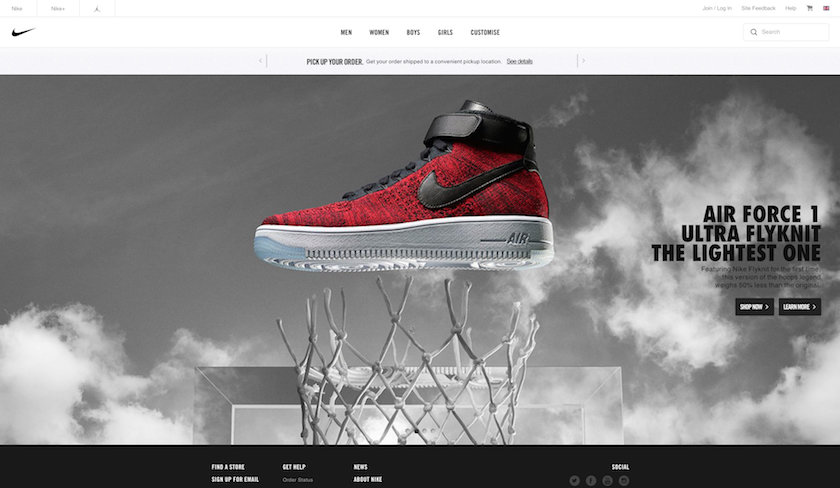The marketing world has long embraced the use of games and gaming elements for advertising, inspiring customer loyalty, and even replacing customer education. From keeping corporate learners engaged to mobilizing customers and creating communities, let’s take a look at how these marketing teams are utilizing gamification to up their game.
This article is a large excerpt from the one published by ANDREW FAYAD on http://tech.co, which you can read the full by clicking on the link below: Read the full article >
Create a Community (Nike)
The Nike+ community is unparalleled when it comes to fitness fanatics. Since its conception in 2007, Nike+ has been dedicated to helping athletes, especially runners, track and tout their mileage. Having garnered over 11 million users, the Nike+ platform enables athletes to track their runs, input times and results, and then compare and share with millions of other users. They can also earn points and challenge friends and family. Since the creation of the Nike+ community, Nike has increased its share of the American running shoe market by 14 percent. Humans are social creatures by nature, so Nike+ is capitalizing on the desire for community by allowing users to interact and share results with one another.

Lesson: The big takeaway here is that social collateral is key. When brands make community involvement part of the process to engage and motivate customers; when they can converse with, and see how they stack up against, others, people are more likely to stick with a program.
Reward Performance (Starbucks)
Any caffeine fiend knows about the Starbucks gamified customer loyalty program. My Starbucks Rewards gives users “stars” or points for drinking their ubiquitous coffee. As stars are earned, they can be redeemed for rewards (like free coffee) and even personalized loyalty cards, ensuring that customers are almost as addicted to the app as they are their daily java. The other key component of why the loyalty program skyrocketed is due to the involvement of staff at every location. Every single time you get a Starbucks coffee at one of their locations the cashier will never fail to ask if you want to pay with your loyalty card. This amplifies the usage and success of the entire program.
Lesson: Rewarding participation — even when it requires a purchase – encourages program loyalty and ensures that people are willing to visit – and revisit – in order to earn points, badges, and other rewards.
Lire tout l’article > written by on http://tech.co

